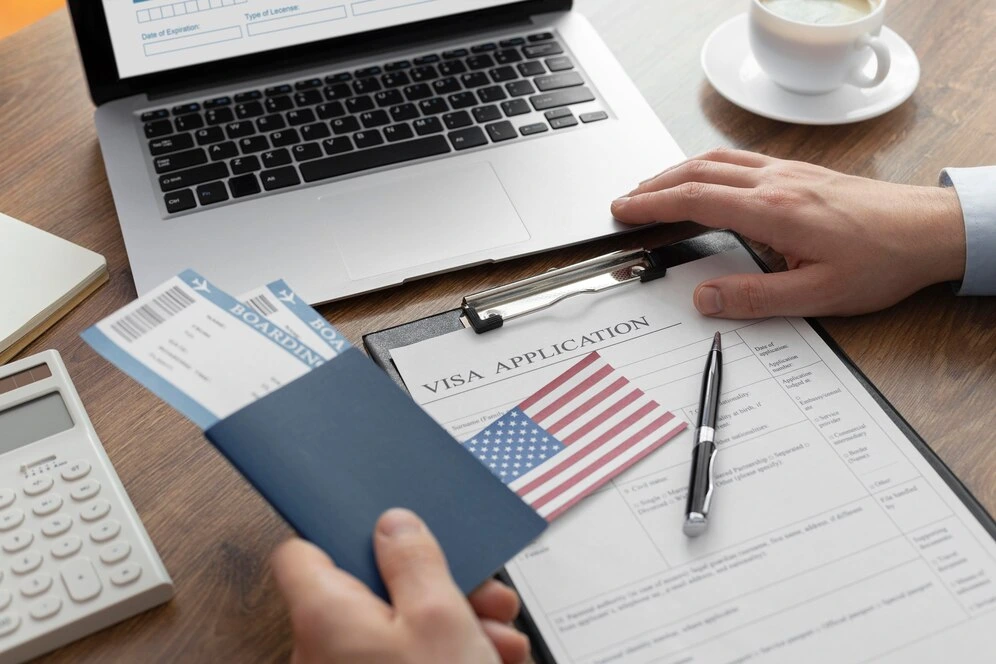
The COVID-19 pandemic significantly disrupted U.S. visa services worldwide. While many U.S. embassies and consulates have resumed services, the availability, processing times, and specific requirements vary by country. If you're planning to apply for a U.S. visa, it’s essential to understand the current status of U.S. visa services in your country to avoid delays and challenges.
This guide will cover the current U.S. visa status, processing times by country, and other important information for international travelers, with a focus on helping Singaporeans navigate the U.S. visa process.
As of now, many U.S. embassies and consulates have reopened for non-immigrant and immigrant visa services. However, visa processing times and appointment availability vary widely due to factors like local restrictions, embassy staffing levels, and demand.
In many countries, the U.S. embassy or consulate offers the following types of visa services:
Full Visa Services: Operating normally with standard appointment availability.
Limited Visa Services: Some visa types may be prioritized, such as student visas, work visas, and emergency cases.
Emergency or Mission-Critical Services: Only emergency visa appointments are available, often for medical needs or essential workers.
Visa processing times can vary depending on the location of the U.S. embassy or consulate. For Singaporean citizens, understanding the average processing times by country is helpful, as some may choose to apply in nearby countries if visa services are limited in Singapore. Here’s a general overview:
Singapore: The US embassy in Singapore has resumed most visa services, but appointment slots may still be limited due to high demand. The processing time for non-immigrant visas typically ranges from a few days to a couple of weeks.
Malaysia: The U.S. embassy in Kuala Lumpur is processing most visa types, though waiting times can vary based on the visa category.
Thailand: The U.S. embassy in Bangkok has resumed most services, but some categories may experience delays.
Europe: U.S. embassies across Europe offer a variety of services, with processing times depending on local demand and restrictions.
South Asia: In countries like India and Pakistan, demand is high, so appointment availability can be limited, resulting in longer waiting times for non-emergency cases.
Americas: In Canada and Mexico, visa services are generally available, though processing times vary by location and visa type.
Several factors influence the availability and speed of US Visa Services, including:
COVID-19 Protocols: Many embassies operate at reduced capacity due to health protocols, affecting appointment availability.
Seasonal Demand: Certain times of the year, like summer and holidays, see higher demand for student and tourist visas.
Staffing Shortages: Some U.S. embassies face staffing limitations, impacting their ability to handle visa processing.
Checking the latest Us visa status updates on the embassy’s website is recommended for the most current information on processing times and service availability.
Start by visiting the official website of the U.S. embassy or consulate in your country. Each embassy updates its visa services status regularly, so you can get an accurate idea of whether appointments are available and if there are delays.
The DS-160 form is a required step for all non-immigrant visa applicants. Fill it out accurately on the Consular Electronic Application Center (CEAC) website.
Visa application fees vary depending on the visa type. Make sure to pay the fee in advance, as it is required to schedule an interview.
With your DS-160 confirmation and payment receipt, schedule your visa interview. For many countries, appointment slots are in high demand, so book as soon as possible.
Bring all required documents, including your passport, DS-160 confirmation page, and any supporting documents (proof of financial status, travel itinerary, etc.). Be prepared to answer questions about your travel plans and ties to your home country.
After the interview, your application will go through processing. Visa processing times vary, so check the CEAC website for status updates.
Most embassies have resumed some services, but availability and processing times vary by country.
Processing times depend on the visa type, embassy location, and current demand. It can range from a few days to several weeks.
Yes, but you should check the embassy’s requirements and availability for third-country nationals before applying.
Yes, most non-immigrant visas require an in-person interview, which must be scheduled in advance.
You can track your visa status on the CEAC website using your DS-160 number.
Many embassies offer emergency appointments, but you must provide a valid reason for urgent travel.
Visa decisions are based on eligibility, but travel restrictions may impact when you can enter the U.S.
Tourist visas are typically valid for up to 10 years, but each stay is usually limited to six months.
You need a passport, DS-160 form, visa fee receipt, and supporting documents to show your ties to your home country.
In some cases, visa renewals can be done by mail without an interview, depending on the embassy's policies.
Understanding the current status of US Visa Services is crucial for anyone planning to travel to the United States. Processing times and requirements can vary widely by country, so it’s best to stay informed about the latest updates from your local U.S. embassy. By preparing in advance and following the steps outlined above, you can navigate the visa application process more smoothly and increase your chances of a successful application. Safe travels! Let IVC Services guide you through the US visa application process with expert assistance, ensuring a hassle-free experience and a higher chance of approval. Contact us today!